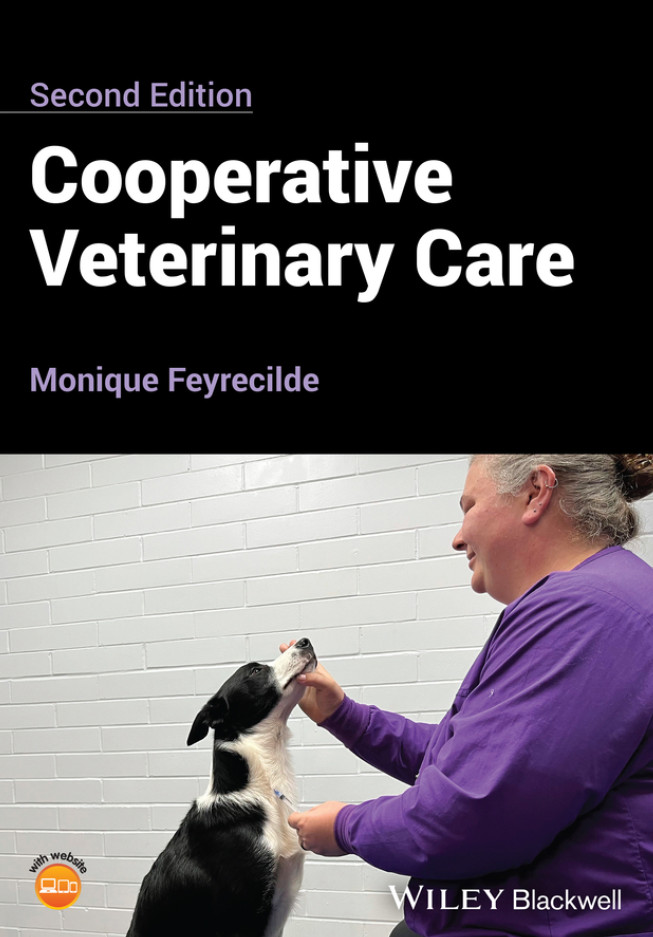Cooperative Veterinary Care, 2nd Edition

By Alicea Howell and Monique Feyrecilde
Every pet needs medical care in the veterinary clinic and husbandry at home. Fear and stress can present significant barriers to good care while also compromising safety for animal care professionals and pet owners. It’s possible to help pets learn to allow and even willingly participate in veterinary care, husbandry, and grooming. With a foundation in learning theory and emphasizing practical techniques, Cooperative Veterinary Care, 2nd Edition PDF is a groundbreaking guide to encouraging voluntary participation in veterinary care. Now updated to reflect the latest research and clinical information drawing on years of professional hands-on experience, it’s a must-own for any small animal practice or pet professional looking to increase patient comfort and facilitate excellent care.
- Foundations of learning and training to prepare any professional to get started right away
- Unique exploration of the veterinary environment and how Cooperative Veterinary Care can help
- Integration of the Fear Free(sm) Spectrum of Fear, Anxiety & Stress to quantify patient experiencesStep by step training plans for veterinary care and husbandry with photo and video demonstrations
- Practical applications for all common procedures.
- Foundation techniques which can be expanded to virtually any veterinary care or animal husbandry and grooming need
Cooperative Veterinary Care is written for the veterinary professional team but will help anyone and everyone who cares for and interacts with pets.
Read more: Veterinary Pediatrics: Dogs and Cats from Birth to Six Months 3rd Edition
This Book is For Premium Members Only









































